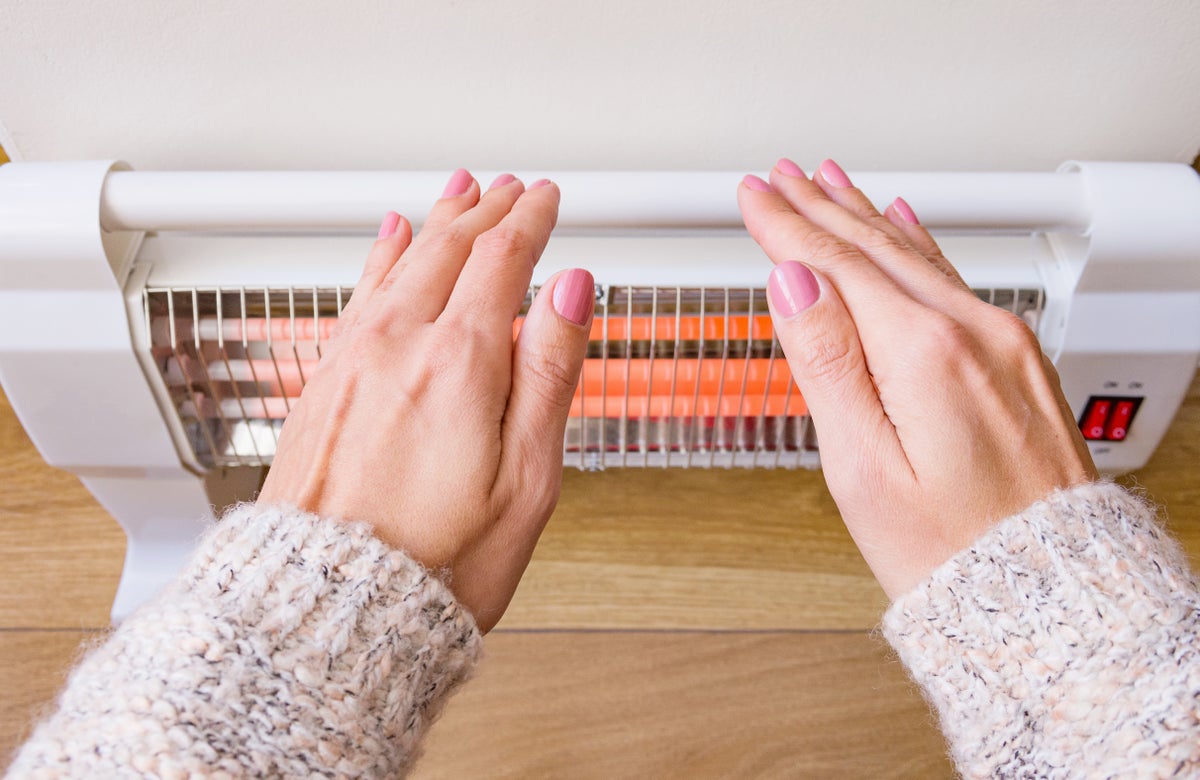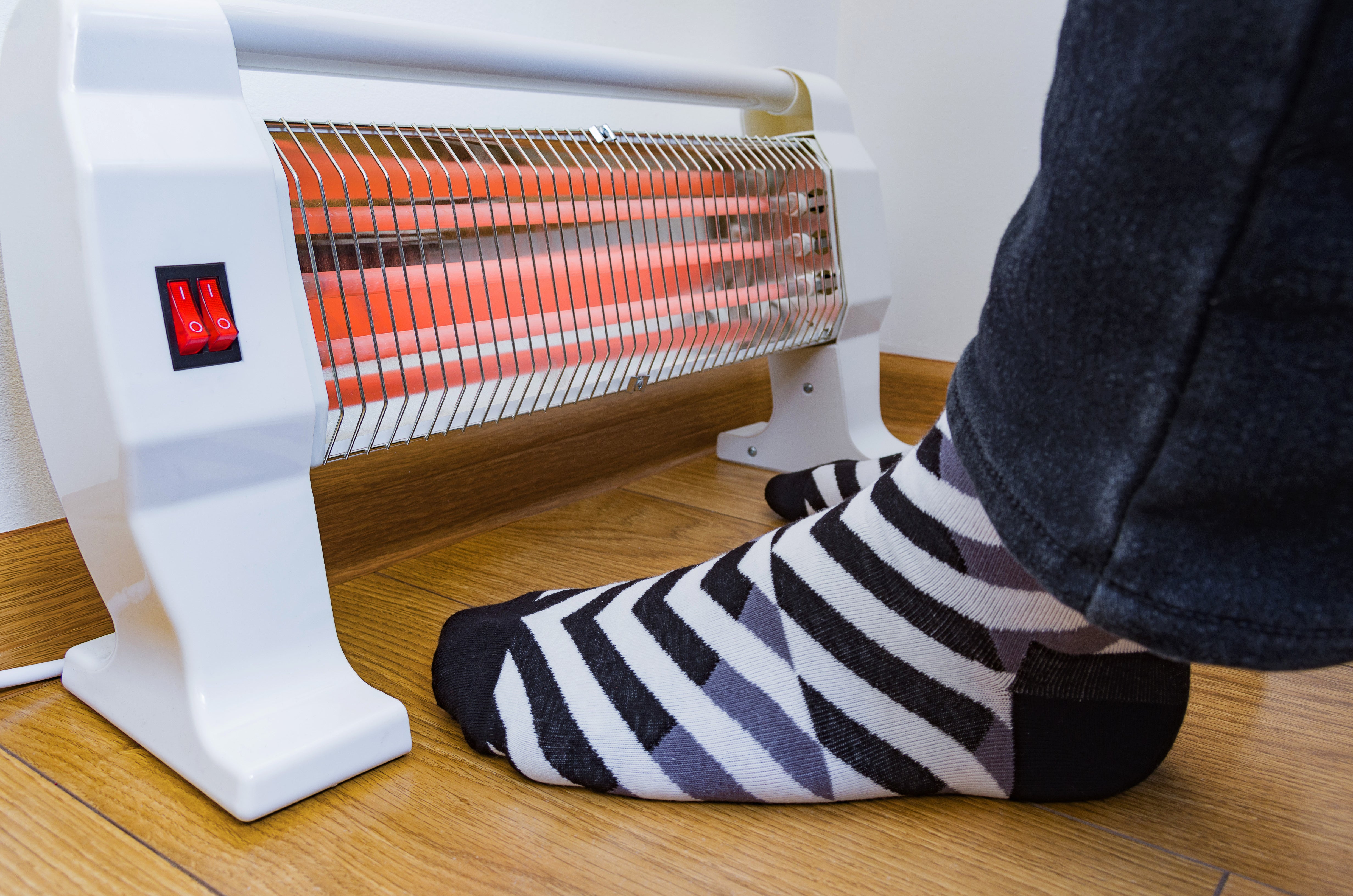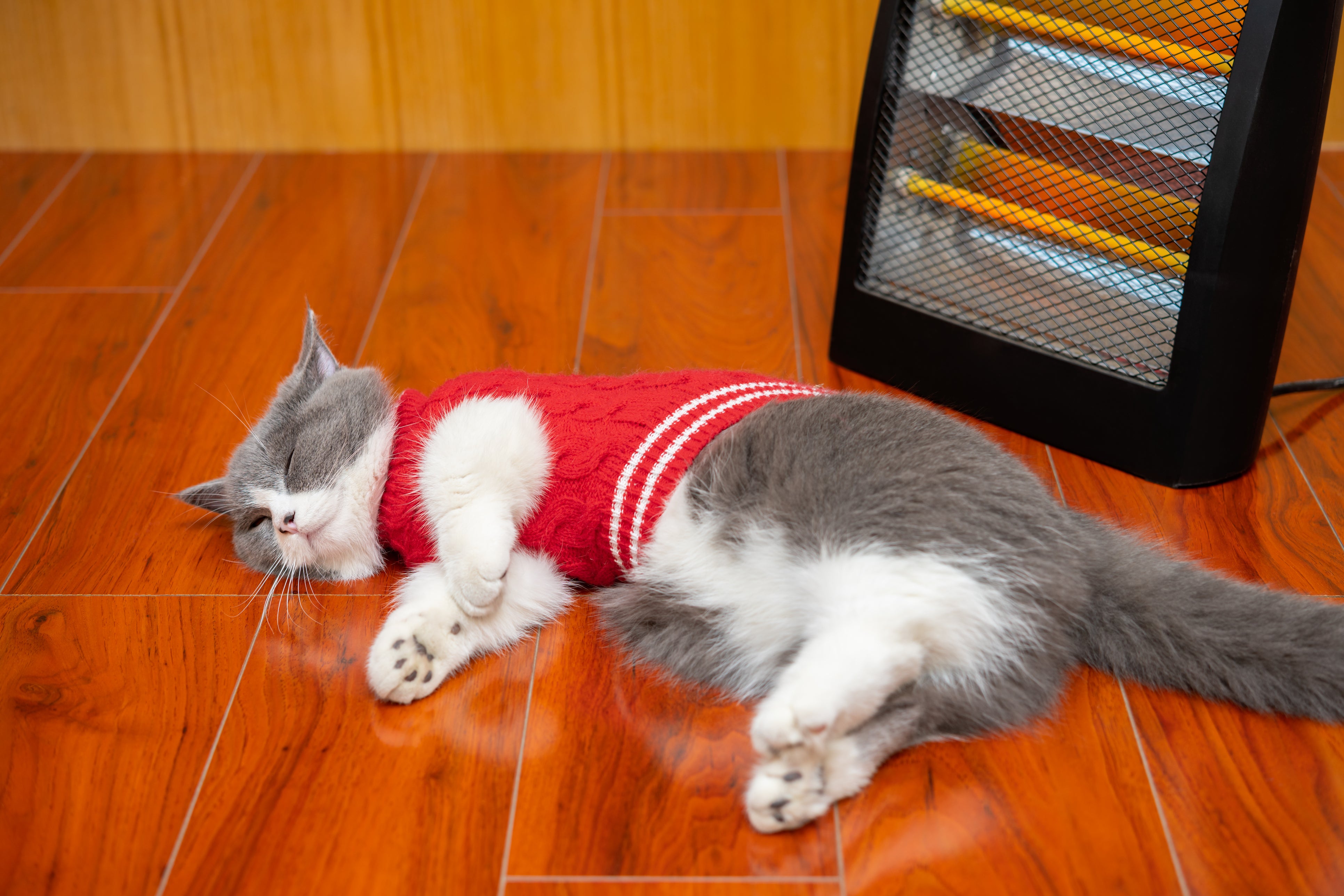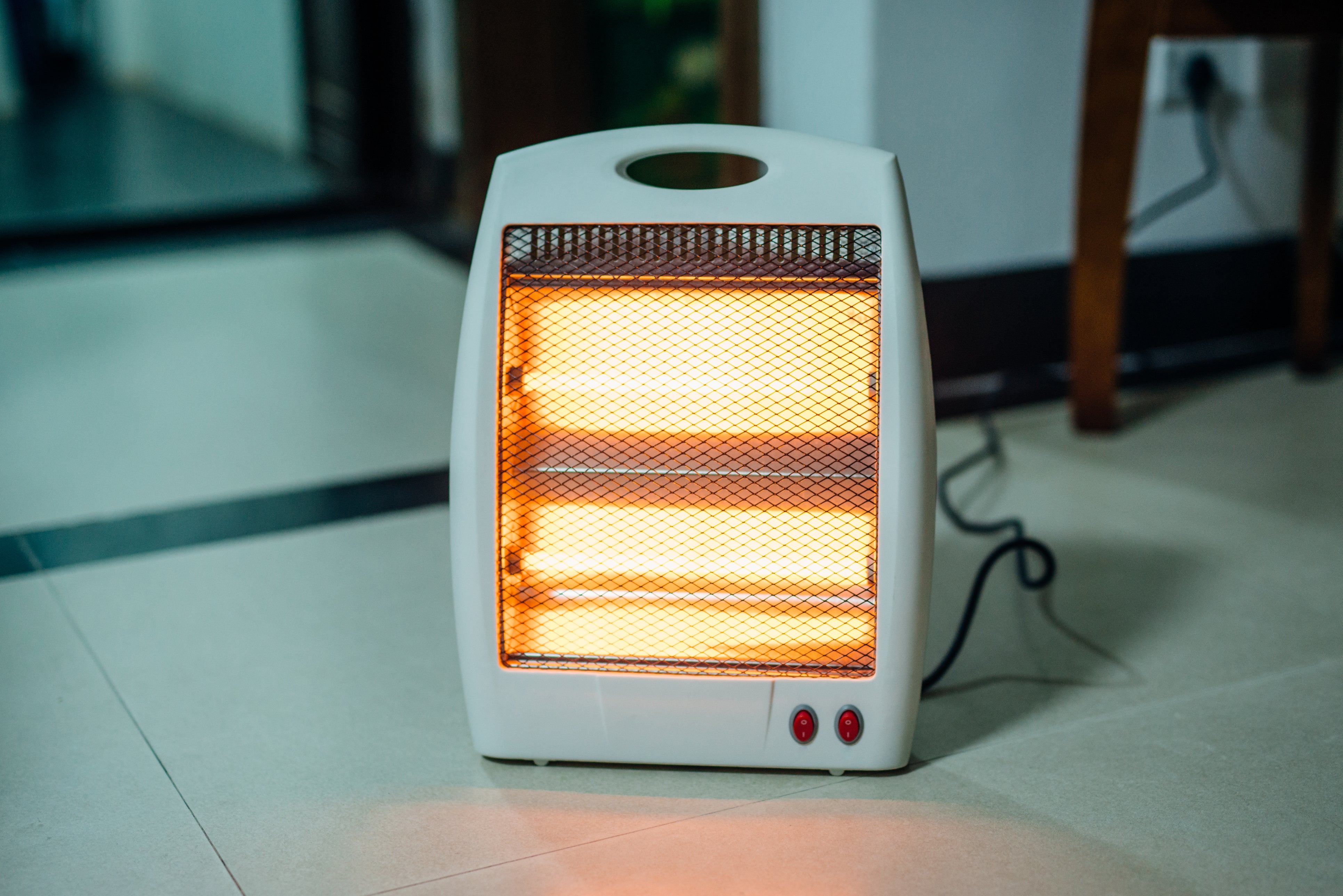
With temperatures plummeting around the UK and energy prices rocketing amidst a cost of living crisis, people around the country are seeking cost-effective ways to keep warm this winter.
Consumer champion Martin Lewis has recommended halogen heaters as a good source of heat, with the devices being cheap to run, prompting renewed interest in the heating device.
The team at MoneySavingExpert say: “Halogen heaters are directional. Once on, you instantly feel the heat. As soon as you turn them off, the heat quickly dissipates.”
But how much does a halogen heater cost to run and are they safe? Here’s everything you need to know.
What is a halogen heater?

A halogen heater uses energy-efficient halogen lamps to heat, rather than electric coils or fuels.
They heat up quickly, provide plenty of direct heat and are reasonably safe to use.
And when it comes to power consumption, they’re more efficient than other forms of heating.
Halogen heaters heat rooms via direct radiation by effective heat transference, rather than convection, giving them an edge over other types of electrical heaters.
What are the advantages and disadvantages of using a halogen heater?
“Halogen heaters are good for small areas which keep energy usage to a minimum, as they are environmentally friendly, they do not produce Co/Co2, and they are very easy to install,” says Mark Ronald, lead engineer at Hometree, the boiler and home cover provider.
“However, as they produce radiant heat they are not very good at heating larger areas,” he continues. “They can work out costly to run in winter months as they have to be on for long periods of time. They only heat a specific area and if you are slightly out of this specific area, you or the space will remain cold.”
Dr Deborah Lee, of Dr Fox Online Pharmacy, agrees. “Halogen lamps are safer than other types of lamps because they do not produce carbon monoxide like many other heaters, so are safe to use in an indoor space.”
They produce instant heat and are best for heating a small space.
“Heating by radiance has advantages because the infrared heater heats objects rather than the air, so there is less hot air circulating, and the air is less dry than with a convection heater, which causes less mould”, adds Dr Lee.
Halogen heaters do become hot very quickly, says Dr Lee, so there is a safety consideration. “There is a danger of burning if you get too close to them,” she says. “Take extreme care when handling… they’re not a good idea with children or dogs around.”
How much does a halogen heater cost to run?

According to Dr Lee, the cost of a halogen heater is dependent on certain variables. “It depends on the size of the heater and how long you run it for,” she says. “A 3.5kW heater running at 14 pence per kilowatt-hour would cost 98p an hour, for example.”
What features should I look for when purchasing a halogen heater?

Features to look out for when buying a halogen heater include portability, so the heater can be moved easily around the home or office, and models with a low electric usage with the maximum heat output.
“Safety features are also important,” says Ronald. “If not monitored properly, portable heaters can easily become fire hazards. Look for a heater with an internal switch feature that automatically shuts off the power if the heater is accidentally knocked over.
“Overheat protection is another ideal safety function,” he adds. “This switch is a sensor that automatically turns the heater off if the components inside the heater reach an unsafe temperature.”
How can I cut the cost of running an indoor heater?
“Invest in a programmable thermostat, which allows you to create a preset heating and cooling schedule for your home, so it will automatically adjust to the desired temperature without having to mess with it,” says Ronald.
“Another tip is to always remember to turn it off at the wall when not in use. When a device is on standby, it still receives power from your electricity socket to allow it to continue running at a low level,” he adds.







